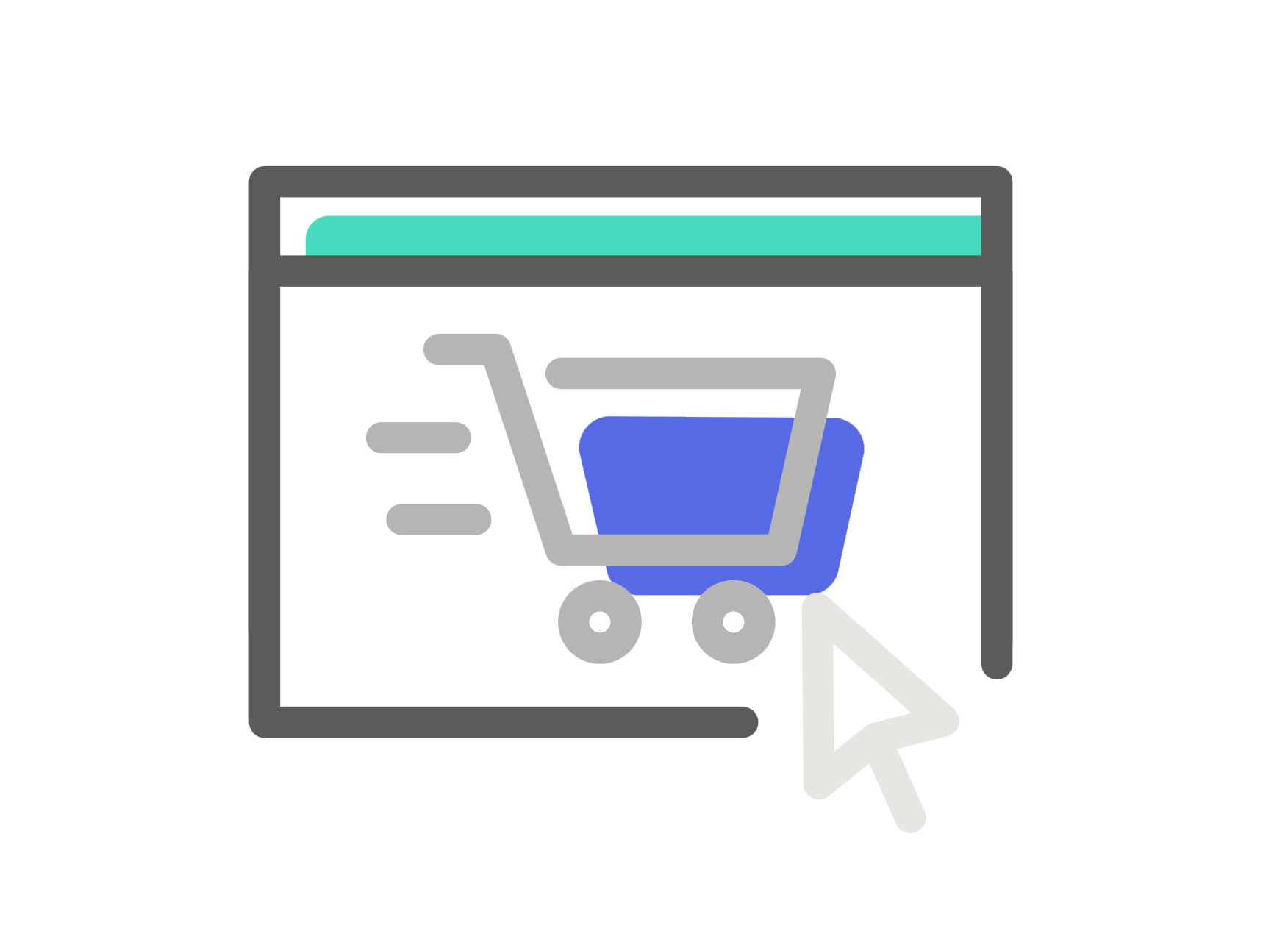
October 31, 2022
Is the New Era of 3PLs Working For You?
If one segment of the global supply chain has taken over logistics news cycles recently, it’s third- party logistics (3PLs). First came the headlines about diminishing warehouse capacity. Then came news of carriers like Maersk entering the 3PL space by acquiring Pilot Freight Services or Ryder buying Whiplash, or Shopify absorbing Deliverr. And now TiikTok, Gap, American Eagle Outfitters and other retail brands announced they would enter the 3PL space. Many of these brands seem to be betting that control of last mile delivery will improve their competitive position.
If large players are looking to consolidate vendors and exercise greater control over their end-to-end supply chain, where does that leave Small and Medium Businesses (SMBs)?
Incoming inventory from suppliers is incredibly difficult for small brands to handle on their own. Brands who manufacture goods overseas often have to work with 10+ vendors to receive inventory from suppliers and ship globally. Even if an SMB works with a freight forwarder, many of the processes are disconnected, time-consuming and require in-house expertise that they may not have.
SMBs want an easy way to buy reliable freight and a simple, cost effective global service that replicates the parcel experience.
In this month’s Smart Commerce Newsletter, we spoke to Steve Bozicevic, Sr. Director, Product Management for Flexport Flow Direct for a dive into current trends and what brands can do to better navigate the choppy 3PL waters. What follows is an edited version of that discussion.
What do recent 3PL headlines mean for SMB retail/e-commerce brands?
Anything that defragments the supply chain is good. Right? The fewer people and entities you have to deal with for different parts of a logistics operation, the more effectively, and efficiently, it’s going to operate.
These consolidations and integrations make it easier for smaller players in e-commerce and retail to compete with the 800-lb gorillas in this space. By minimizing the number of times a product changes hands between the factory and stores or distribution center shelves—consolidation enables faster shipping options and lowers overhead spend for everyone. And those two factors can go a long way in helping you delight your customers.
While recent consolidations may look good at a glance, we would be remiss if we didn’t point out one caveat you should keep in mind when shopping for an all-in-one freight and fulfillment provider—watered-down core competencies. When a company that excels in one leg of the supply chain branches into another leg, there are some problems that can crop up.
For example, a freight carrier might handle several hundred thousand containers a year while a last-mile delivery service may see that same number of packages in a week. A company's culture and competencies match their core business, which may not align with the new business they’ve expanded into, and that’s something to watch for. An alternative approach is to find partners who also work with organizations to provide similar end-to-end all-in-one options, without taking on the responsibility of learning whole new competencies.
What are some key risks and challenges for SMB brands today?
Opportunities for agile, flexible brands are abundant in the e-commerce world right now. Whether it’s using new channels to broaden your reach to entirely new demographics, or the speed at which technology allows you to design, test, iterate, and launch new products, it’s an amazing time to be an e-commerce business.
Big opportunities often come with big challenges. There are three ways SMBs are getting squeezed by the big players right now: warehousing, pricing, and capital.
Warehousing
It’s no secret that there’s an inventory glut in retail. The biggest retailers in the country have all been ordering extra stock, for various reasons, and the result is overflowing warehouses and distribution centers. That glut has pushed the cost of warehousing up and out of reach for many SMBs. Some urban centers are seeing as low as 1% vacancy rates. The average sits at 3%, still far below the historic average of 5%.
Pricing
That overstock scenario has many analysts wary of upcoming inventory liquidations. They have so much inventory on hand that many would rather absorb losses in the interest of freeing shelf space. That leads to these retailers undercutting SMBs and taking advantage of the public's interest in getting a better deal.
Capital
The capital availability question is a twofer—SMBs don’t have as much capital on hand to deploy, and they often face a hard sell when it comes to securing additional funding (say for building out new warehouse space). So they have a harder time staying in stock, and lenders simultaneously have become more leary of new brands without several-year-long track records. (We covered this topic at length in our August newsletter.)
Crystal ball time. What does 2023 look like for SMB brands?
Broad strokes, there will continue to be consolidations in the logistics industry. More companies are going to realize the benefits of defragmenting the supply chain and want their piece of that pie to keep growing. These consolidations will bring down the number of steps and interactions a shipper will have to contend with to ensure their product gets from the factory to the warehouse (or distribution center).
On a personal level, Flexport will continue expanding our Flow Direct product offering to encompass more freight modes and trade lanes. Flow Direct is an end-to-end logistics product for marketplace sellers and online retailers that moves inventory from factories and suppliers in China directly to 3PL fulfillment partner warehouse(s) in the U.S. From factory to fulfillment, this involves fewer stops, fewer parties, and fewer total miles traveled. It also means an average of 5-10 days shorter transit times. As we continue to expand the program, our goal is to bring the simplicity of package shipping to freight by bringing a port-to-door tracking experience to your end-to-end logistics journey.
Flow Direct was created to help smaller companies figure out sailings from China and how to get that product into U.S. fulfillment centers, with orders sometimes as small as a pallet. Through Flow Direct, we’re tackling the defragmentation of the supply chain by partnering with 3PLs who know their end of the business inside and out. And we’re bringing this logistics product to our customers with the same streamlined and intuitive experience they already get using the Flexport Platform.
This post was originally featured in our monthly Smart Commerce Newsletter. Get our roundup of news, trends, insights and best practices that retail and ecommerce pros need to scale and grow your brands. Sign up here.







